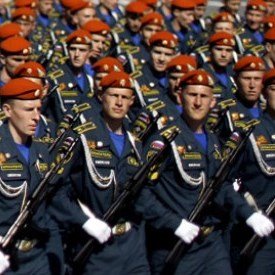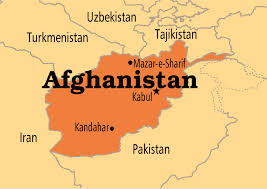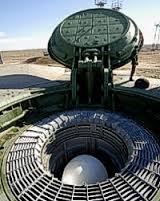With the rapid operation that resulted in the annexation of Crimea earlier this year, the Russian military returned to the collective consciousness of the American public. Many commentators were impressed with the “little green men’s” professional demeanor and shiny new equipment. In some cases, this impression was undeservedly expanded to apply to the rest of the Russian military. In this context, it is important to discuss what the Crimean operation does and does not tell us about the capabilities of the Russian military.
The first clear lesson from the Crimean operation is that the Russian military understands how to carry out operations with a minimal use of force. This observation may initially seem banal or trivial, but we should keep in mind how Russian troops acted in previous operations in Chechnya and even to some extent in Georgia. Subtlety was not a strong suit in these operations, nor did it seem to be particularly encouraged by the political leadership. Instead, the goal seemed to be to use overwhelming force without much regard for civilian casualties. By contrast, the entire operation in Crimea was conducted with virtually no bloodshed or violence. There were three keys to this success:
Diversionary tactics
The Swedish analyst Johan Norberg was perhaps the first to highlight the significance of the major military exercise that was held on Ukraine’s eastern border in late February. While the Ukrainian government, as well as Western analysts and intelligence agencies, were distracted by the large-scale publicly announced mobilization in Russia’s Western military district, forces from the Southern military district and from airborne and Special Forces units located elsewhere in Russia were quietly transferred to Sevastopol. […]
For more see Russian Military Reform | Read the rest of this article at War on the Rocks











